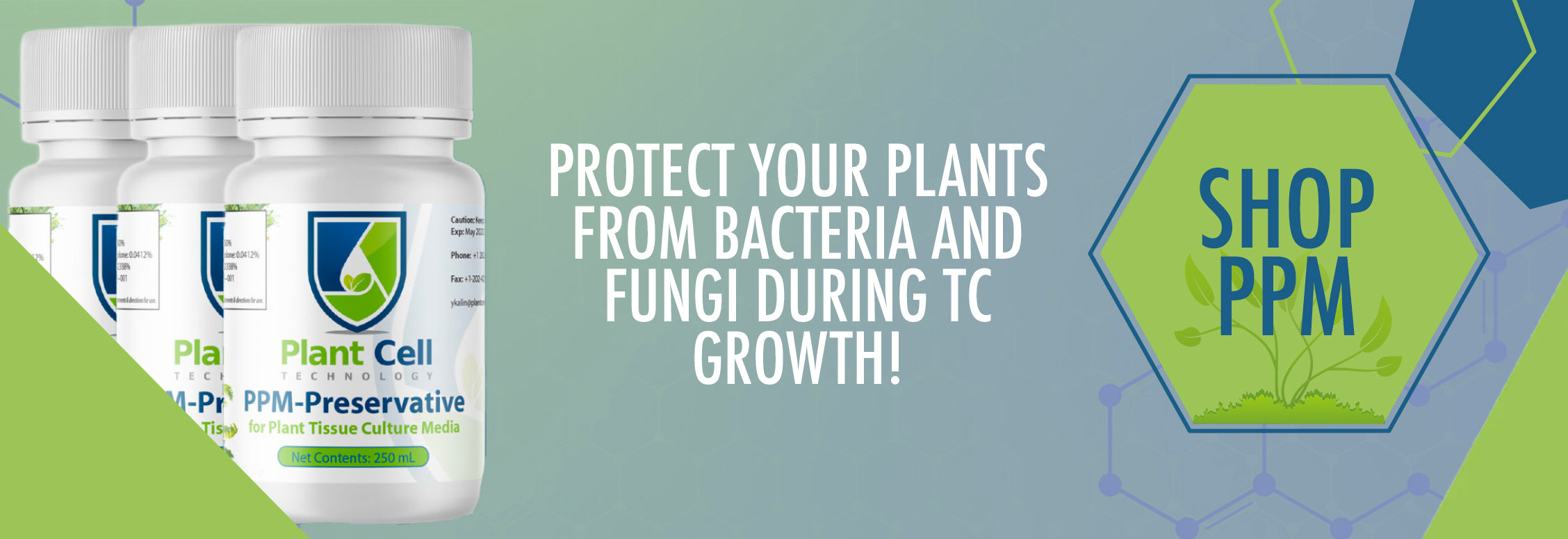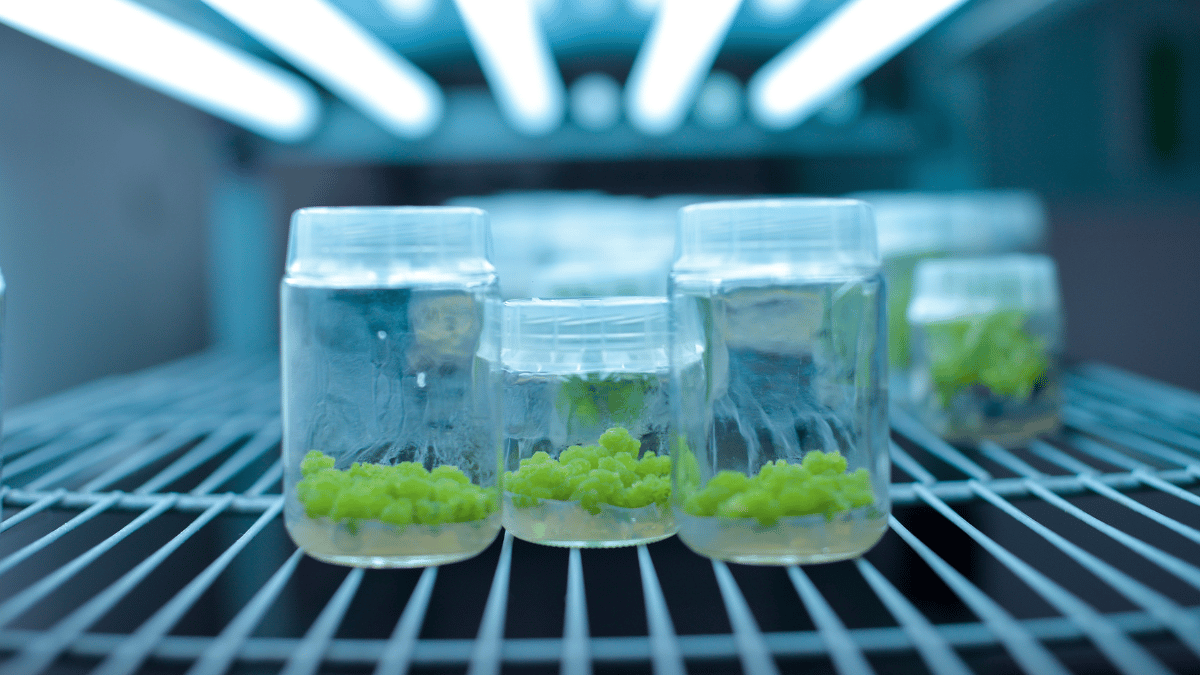Table of Contents
Tissue culture use is gaining increasing popularity across many different industries, including that of pharmaceuticals.
We have seen an increasing amount of studies on tissue culture application and the fundamentals of cell culture in the past few years. These studies include: deciphering how the metabolism operates, measuring average growth, and tissue culture differentiation.
This increase in research and development has caused a surge in the use of culture techniques across many fields, including that of pharmaceuticals. Most people would be surprised to learn just how many pharmaceutical medications started off in plant form. Tissue culture has been used in the pharmaceutical industry for decades, and it remains a relevant advancement for the pharmaceutical industry today.
Plants have been utilized in medicine since the dawn of the apothecary, or the pharmacy. But why plants? Well, plants produce a broad range of secondary metabolites that are useful (and often essential) in medicines, as well as in industrial materials and food additives.
However, these essential metabolites are only produced in small quantities, and often only in specific species. Each plant species will require a particular protocol to ensure successful culturing. Once the protocol has been established, tissue culture can be used to propagate thousands of plants that share the same genetic profile. This means thousands of uniform plants that can be relied on for their metabolites (among other characteristics).
Let's look at some plant tissue culture applications in the field of pharmaceuticals.
Practical Applications
The following compounds are harvested from plants for pharmaceutical medicines:
Alkaloids
Alkaloids from plant metabolites can be found throughout the pharmaceutical industry. Here are some you may have heard of):
- Tropaine
- Cocaine
- Atropine
- Scopolamine
- Hyoscyamine
The alkaloids in the list above are mainly used to block the parasympathetic nervous system. Research in the use of tissue culture to produce these metabolites has been going on for more than a quarter of a century. In the future, we are likely to see increasing success on an industrial scale through a combination of chemical synthesis and tissue culture methods.
Berberine
Berberine is commonly used as an oral medication for the treatment of high cholesterol, high blood pressure, diabetes, or high levels of lipids in the blood. Berberine is also commonly used as a topical treatment for canker sores and burns, although the latter use lacks the support of scientific evidence. Berberine has been used in Oriental medicine for centuries.
The substance is commonly found in the roots of the Coptis japonica. Oriental medicine uses berberine chloride to treat intestinal disorders and is used across cultures all over the world. However, it can take up to 6 years for roots to be ready to produce the required raw material.
Tissue culture that uses a proper growth medium, as well as PPM™, can help to quicken growth and development. The potential for gene selection also means that propagators can focus on plants with genetic profiles for fast maturing and healthy roots.
Researchers have been studying tissue culture and Berberine production since the 1970s. The C. japonica was identified as having the highest levels of berberine, and today the plant material is being produced via tissue culture with the addition of growth-stimulating medium.

Valepotriates
Plant species that fall within the Valerianaceae scope have been used for many years and by many cultures as a traditional folk medicine. Valepotriates is the name given to a group of compounds discovered to have tranquilizing effects, as well as evidence of antitumor and cytotoxicity activities.
The main cause for most plants to be investigated for production using tissue culture is the lack of supply coupled with unpredictable availability. Tissues of various Valerianaceae are placed in a growth medium and used to investigate which species produce higher levels of the desired compounds and which species are resistant to different diseases or treatments. Various groups and establishments are already employing tissue culture in gene selection, and the propagation of Valerianaceae.
Taxol
Ending off our list of some tissue culture applications in the pharmaceutical industry is Taxol, one of the plant products most suited to tissue culture methods. Taxol has a high value because, like most of these plants, their supply is short, and their demand is high.
In 1992, Taxol, which you may know generically as paclitaxel, was granted FDA approval. The drug is used in some ovarian cancer patients and is often used as a secondary treatment after chemotherapy has failed. Taxel is extracted from the bark of T. brevifolia trees. The majority of current extraction is done from wild-grown trees. However, with the rising interest in Taxol for cancer, researchers are turning to plant tissue culture for a more environmentally friendly cultivation technique.
By using tissue culture techniques, the required plant compounds and metabolites can be produced. Thanks to the genetic discovery of biosynthetic pathways, tissue culture can be used to enhance both gene quality and quantity.












Join the conversation
Your email address will not be published. Required fields are marked